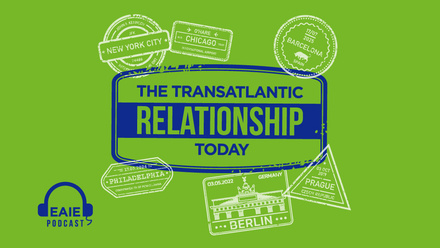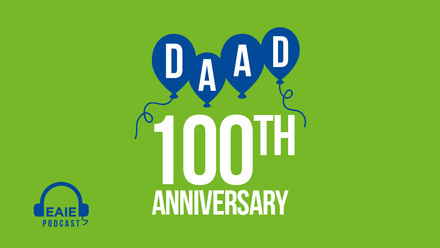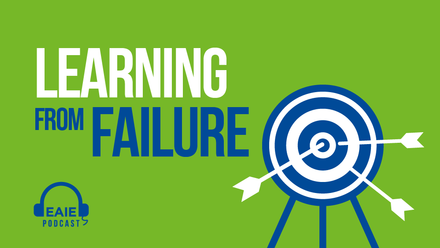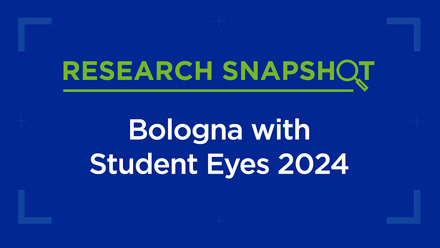Erasmus+ strategic partnerships: how to get the grant

The European Union’s flagship education programme, Erasmus+, is now in its third year of existence. The programme provides well needed additional funding opportunities for realising new and innovative partnership projects – an internationalisation activity proving increasingly popular. Based on the lessons learned from the previous calls for applications, this blog post provides some insights into how to navigate through the competitive application process for Key Action 2 Strategic partnerships.
Given the scope and duration of strategic partnership projects – which last anywhere between six months and three years – extensive staff resources need to be allocated to a project. Institutions with limited staff capacity committing to a project application should give it careful consideration. It is crucial to have commitment from management as well as from the different internal stakeholders involved in implementing the project – such as faculty, management, and colleagues at the international office. When developing and implementing in projects that contribute to a higher education institution’s (HEI’s) internationalisation strategy, it is therefore vital to ensure that the time and resources invested generate maximum benefits.
Receiving funding for cooperation projects through the programme also requires financial resources from the side of the HEI. Participating institutions are obliged to co-finance part of the project budget, most commonly through staff hours. Investing financial resources and staff hours will be necessary prior to a possible approval, as the development process requires some intensive work – eg identifying the right partners, conducting a needs analysis, agreeing on the concrete ‘deliverables and responsibles’, as well as drafting a project budget. The costs of developing the application and meeting with prospective partners are at the discretion of the participating HEIs and organisations.
Less than a fifth selected for funding
Prior to embarking on developing strategic partnership applications and investing staff hours into this undertaking, it might be good to be aware of the likelihood of having a project application accepted. In its most recent call, a total of 917 applications were submitted – of which 154 were selected. It equates to an overall success rate of 17%.
The success rate varies greatly from country to country – the programme countries are the EU-28, as well as FYROM, Iceland, Liechtenstein, Norway and Turkey – as strategic partnership applications are reviewed and selected by the national Agency of the applicant institution. Most of the selected strategic partnership projects fall under the identified priorities ‘employability’ and ‘digital single market’. A significantly smaller share of the selected project applications seek to contribute to the priority of inclusion/tolerance.
How to make it to the lucky 17%
Time should be invested in conducting a solid needs analysis to demonstrate the true necessity of the project – an aspect the reviewers pay close attention to. In addition to a demonstrated need, sustainability in the form of the envisioned impact within and beyond the project consortia is key – ie the inclusion of a comprehensive dissemination plan. Projects that can show they will be relevant for the field beyond the consortia itself and the duration of the project are reviewed more favourably. Seeking for the project to result in innovative output or making use of inventive methods is, moreover, advisable. Innovation is a key aspect of the programme.
In addition, the quality of the project team and the cooperation arrangements should be well thought through as this is an aspect receiving increasing attention. Reviewers want to feel confident that the project can indeed be implemented by the consortia. Should institutions from partner countries be included, their added value to the project needs to be demonstrated. Developing the application may be beneficial even if it would not be accepted. Cooperation during the application process can create new – and strengthen existing – international partnerships and increase the awareness of internationalisation activities and processes. Choosing your partners wisely is of the essence.
More information
The Erasmus+ programme guide details all the formal requirements and procedures. Being in close contact with the relevant national agency to receive advice is also recommended. For information on the state of international strategic partnerships in Europe and considerations on developing and managing such collaborations read the newly published EAIE Barometer: International strategic partnerships publication.






